‘Shocking’ Princess Diana Barbie fail doomed Mattel’s CEO
While the “Barbie” movie pokes some fun at Mattel’s fictional CEO played by zany Will Ferrell, the real life
story of one Mattel honcho was anything but fun and games.
The first — and the last — female to run the show at Mattel after co-founder Ruth Handler was ousted for cooking the toy company’s books was Brooklyn-born, Queens College co-ed Jill Barad, who quickly rose from hawking cosmetics on the road as a sales trainee for Coty cosmetics to becoming chairman of the board while decked out in a Barbie pink suit, shoes and lipstick.
At age 45, in 1996, she became one of only two women running a Fortune 500 company. But she was brought down by “a manifestation of greed” and what one Barbie designer called “the Princess Diana fiasco.”
Barbie’s sales soared under Barad, who was a fan: She had 52 Barbies plus Andy Warhol’s rendition of the doll displayed in executive suite. She was considered a shrewd and savvy marketing genius and featured on the covers of magazines like Business Week.
But during her three-year reign, the glamorous Barad had a secret project: To overshadow Barbie’s glow and growth with exclusive Mattel doll collectibles in the likeness of two international icons.
As a top Mattel executive involved in Barad’s hush-hush projects told me for my book, “Toy Monster: The Big, Bad World of Mattel,” “Jill was practically obsessed with having those two icons, Princess Di and Elizabeth Taylor, become Mattel dolls. Jill felt it would give her and the company enormous prestige because neither had ever given their authorization for an exclusive doll in their likeness.”
Beginning in the mid-1990s, Barad had quietly assigned her top marketing people to lobby Diana,
Princess of Wales, to get her authorization to produce a doll in her image. It proved impossible.
“Diana categorically refused to be associated with Barbie,” a well-placed source revealed. “She refused to be commercially exploited as a doll.”
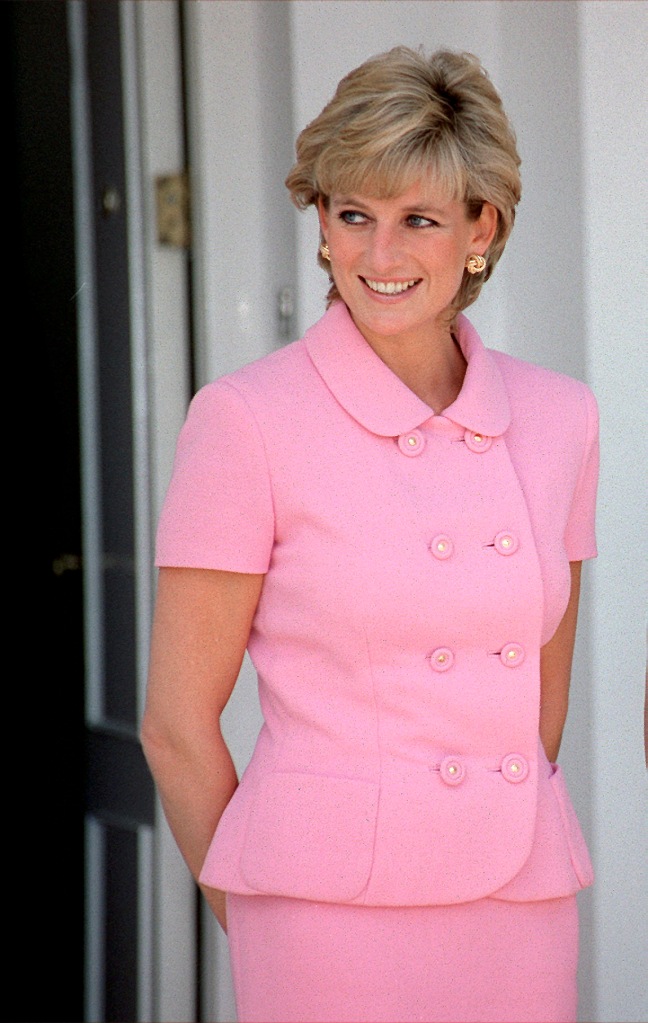
But after Diana tragically died in a Paris car accident on August 31, 1997, Mattel, under Barad, considered producing an unauthorized Diana doll.
The Diana, Princess of Wales Memorial Fund charity, however, sued the Franklin Mint for producing two unlicensed Diana dolls — claiming that Diane’s name was being exploited “like vultures feeding on the dead.”
But Barad wasn’t giving up.
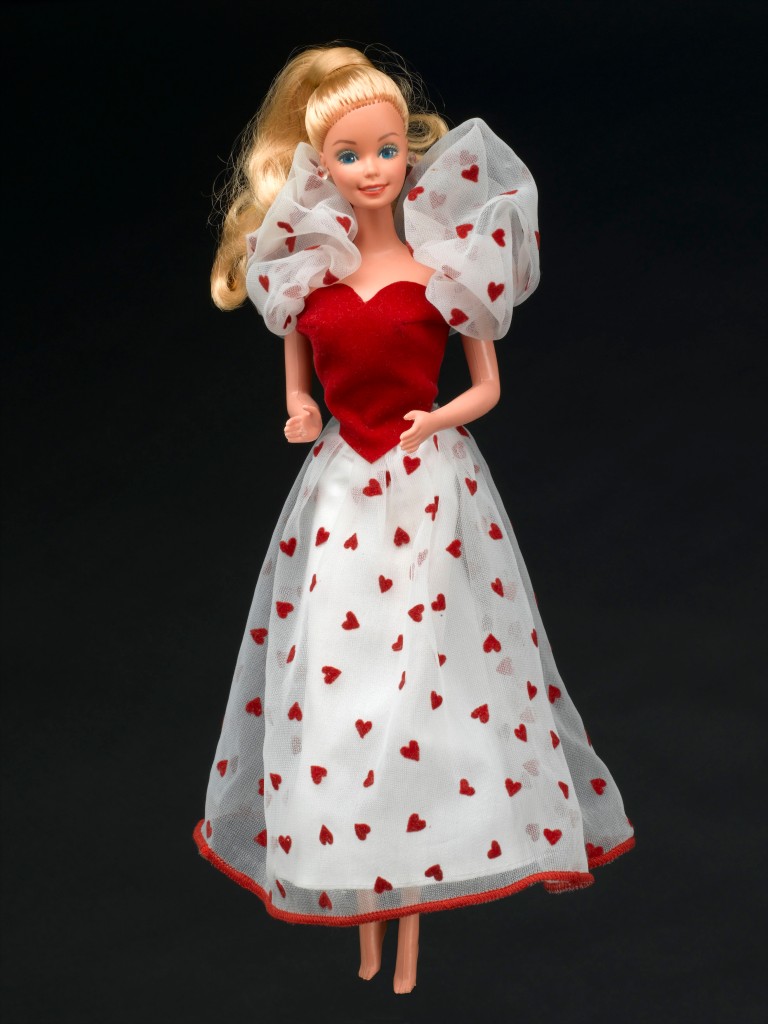
The Mattel boss decided to seek authorization for the Di doll from the fund, along with lobbying the late Princess’s older sister, Lady Sarah McCorquodale.
As a staff designer, Mattel hired British illustrator Anne Zielinski-Old, who had done work for such British firms as Harrods and other businesses that carried the prestigious stamp of “Royal Appointment” from Buckingham Palace.
“They had actually hired me to do the Di doll. My being there was the manifestation of Jill Barad’s greed,” Zielinski-Old told me. “She wanted to do the Princess Diana doll and they thought, ‘Here’s somebody who actually works for these people who have the royal warrants — let’s get her in.”
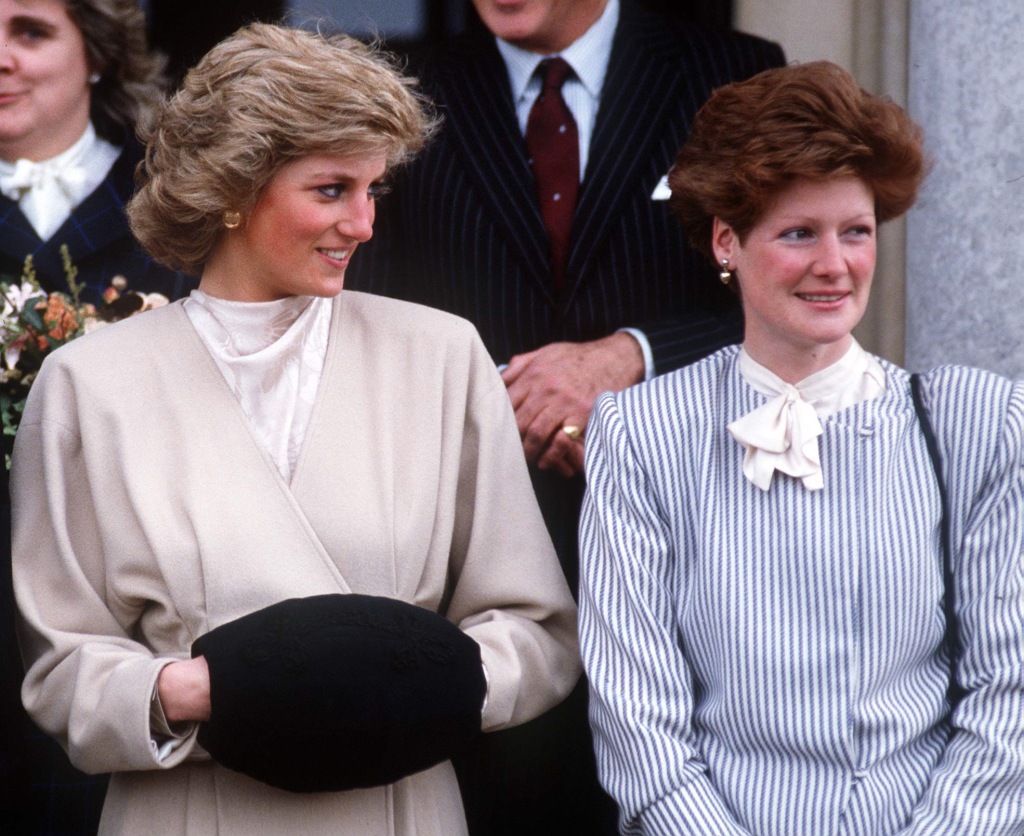
In February 1998, the “Ultimate Princess Diana Gown Doll,” was presented to Barad.
As Zielinski-Old recalled the moment, “Jill just saw dollar signs.”
A month later, Barad was shocked when the Wall Street Journal reported that Mattel’s competitor, Hasbro, was in talks with the Fund’s trustees about creating a collectible Di doll — an act that repulsed the UK public and British politicians like Prime Minister Tony Blair.
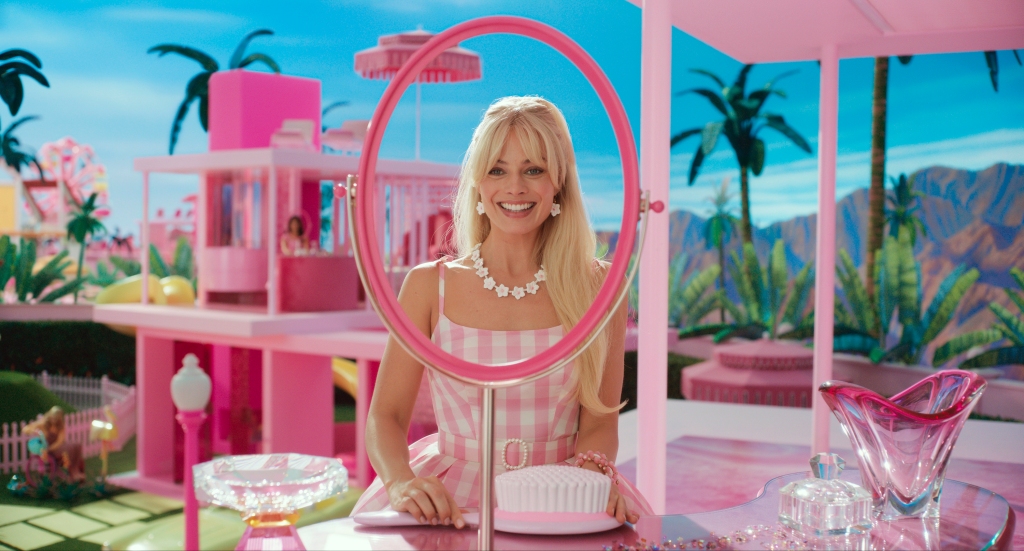
Barad’s dream had become a nightmare and Mattel would get no approval from the Fund.
According to Zielinski-Old, “A lack of Mattel etiquette killed the relationship with the Fund.”
In a desperate last effort, Barad sent the finished doll to Diana’s sister.
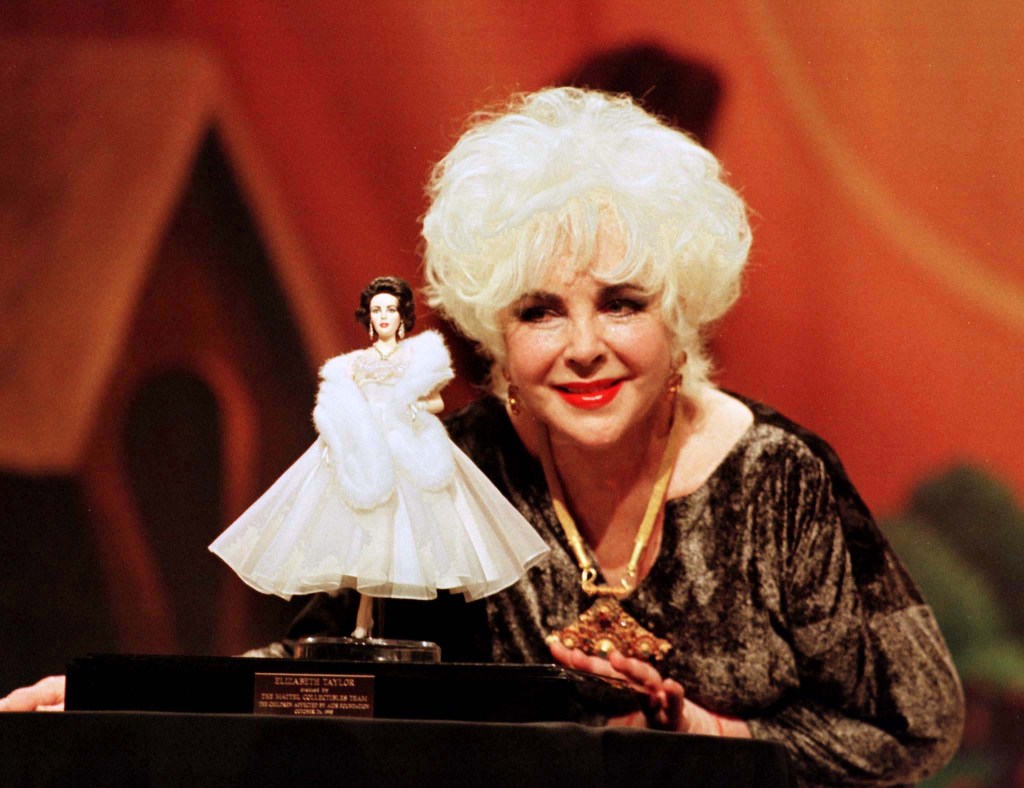
“Sarah opened the box and sees her sister,” Zielinski-Old said. “It’s the most beautiful Princess Diana doll, but she was horrified … shocked that something could be so close to her sister in miniature.”
McCorquodale said no to Mattel.
With one half of Barad’s dream over, she then ordered the design team to complete her next big attempted coup: a doll version of “Miss Elizabeth Taylor” that the actress would approve – and boost Mattel’s projected earnings — in the wake of what Zielinski-Old called “the Princess Diana fiasco.”
Barad ordered a “one of a kind” doll that would satisfy the notoriously image-protective Taylor, with the hope of a green light for a mass-produced version.
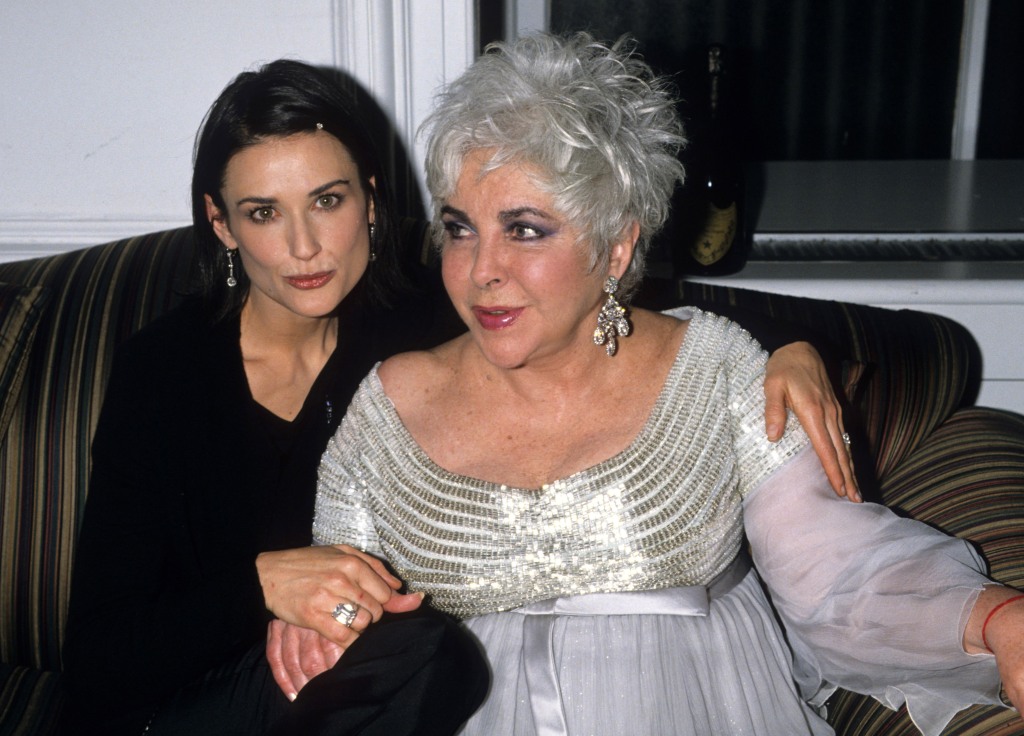
It was to be the highest profile doll Mattel had ever made.”
To Barad’s relief, Taylor approved the doll and Mattel began to publicize it. The one-off was auctioned off in 1998, in front of an audience of celebrities and VIPs. When presenting the doll to Taylor, Barad said, “I couldn’t be happier if I were God!”
The winner was Barad’s friend, actress and big-time Barbie collector Demi Moore, who bid $25,000 by phone from Paris.
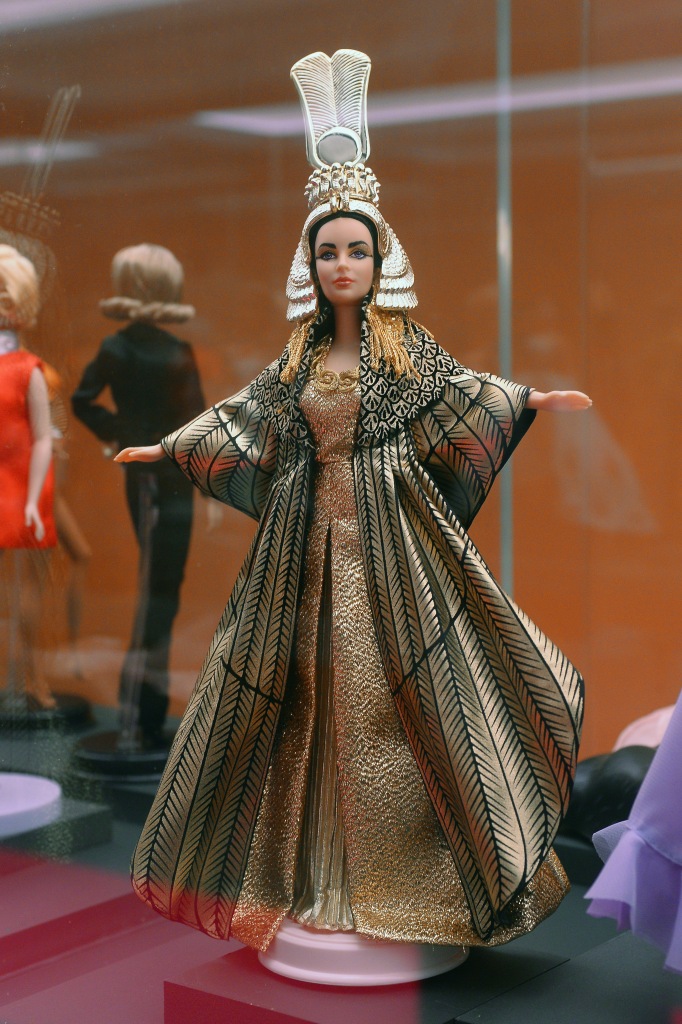
Mattel soon began marketing an Elizabeth Taylor “Cleopatra” doll — “the first authorized portrait of the film
star,” Mattel boasted. By the winter of 1999, however, Barad’s successes had gone the other way and Mattel was facing its worst financial situation in years.
On Febb. 3, 2000, Barad was forced to step down by Mattel’s board of directors.
“Jill cried on the plane on her way back home,” a colleague said. “Here she was coming back by herself and her whole career was over.”
Read the full article Here


